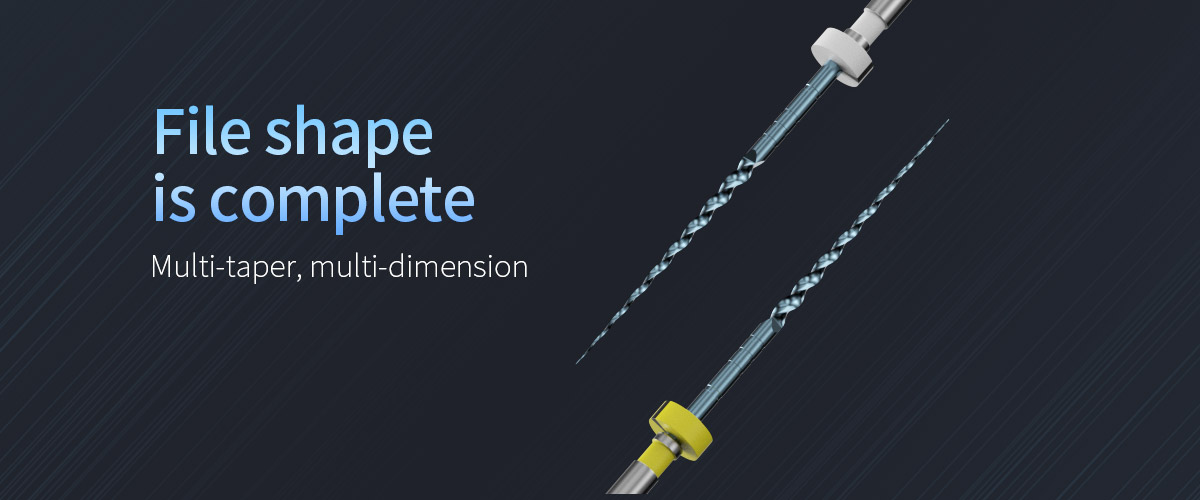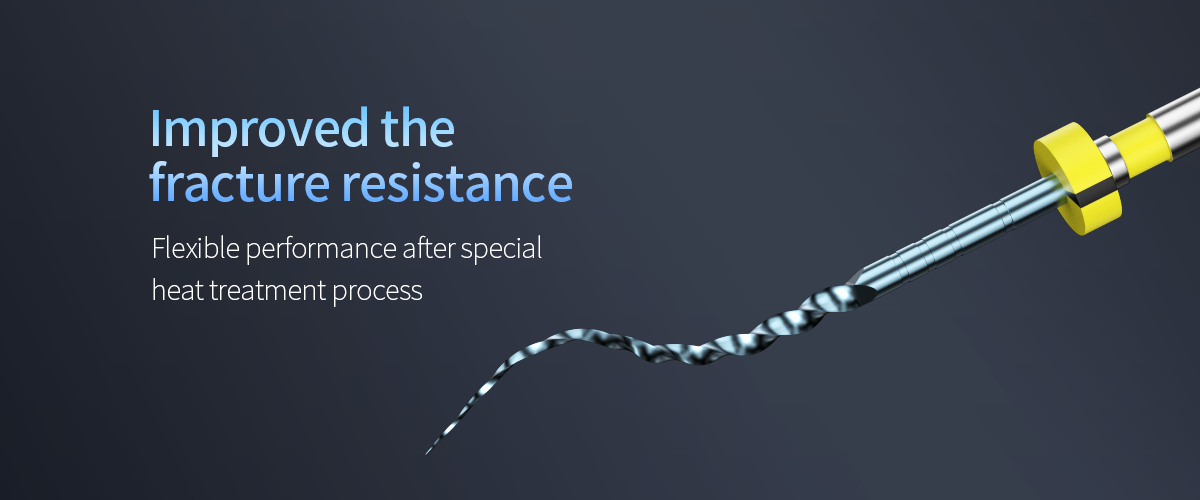Dental endodontic files are indispensable tools in modern dentistry for performing root canal treatments. While they play a crucial role in successful procedures, their incorrect use can lead to complications and compromised patient outcomes.
Precautions to Ensure Safe Endo File Usage
Personal Protective Equipment: Prioritize safety by wearing appropriate PPE, including gloves, masks, protective eyewear, and gowns. It safeguards both the dentist and the patient from potential cross-contamination.
Infection Control: Follow strict infection control protocols, including proper sterilization and disinfection of all endodontic instruments. Utilize autoclaves or other approved methods to eliminate the risk of microbial transmission.
File Inspection: Before each use, inspect endodontic files for any signs of damage, such as deformation or separation. Discard damaged files immediately to prevent instrument fracture during treatment.
Proper Storage: Store endo files in a dedicated and organized manner to prevent contact with other instruments.
File Selection: Choose the appropriate file size, length, and taper for each case. Using the correct file will minimize the risk of canal transportation and perforations.
Gentle Pressure: Apply light and controlled pressure while using endo files. Avoid excessive force, as it can lead to file breakage or unnecessary dentin removal.
Frequent Irrigation: Regularly irrigate the canal with appropriate solutions to remove debris and lubricate the canal walls. Effective irrigation enhances file movement and disinfection.
File Movement: Use a balanced filing technique with smooth, controlled movements to prevent over-engagement of the file and reduce the risk of lodging.
Reciprocating Motion: Consider using reciprocating motion rather than continuous rotation. Reciprocating files reduces torsional stress and may lower the risk of file separation.

Frequently Asked Questions (FAQs)
How often should endodontic files be inspected?
Endo files should be inspected before every use. Any signs of deformation or damage warrant immediate disposal.
How to prevent file breakage during treatment?
Applying light and controlled pressure, using the correct file size, and avoiding excessive bending can reduce the risk of file breakage.
Can endodontic files be used in pediatric dentistry?
While endo files are generally used in adult dentistry, smaller-sized files may be suitable for certain pediatric cases. However, extreme care and experience are necessary to prevent injury to developing tooth structures.
Are there any contraindications for using endodontic files?
There are contraindications such as severe root curvatures, calcified canals, or cases with limited access where the use of endo files may be challenging or risky. In such cases, alternative treatment options should be considered.
Can endo files be sterilized using cold sterilization methods?
Cold sterilization methods like chemical disinfectants are generally not recommended for endo files. Autoclaving or heat sterilization is the preferred method to ensure complete sterilization and prevent contamination.
Can endo files be reused after single-use protocols?
Single-use protocols, where endo files are discarded after a single patient, are recommended for infection control. Reusing files after a single use is not recommended to ensure patient safety and instrument efficiency.

Conclusion
Endodontic files are essential tools for successful root canal treatments, but their correct usage is paramount to ensure patient safety and positive outcomes. In either case, for selection or maintenance guidance, we welcome you to contact us to help you learn more about dental endodontic files.






